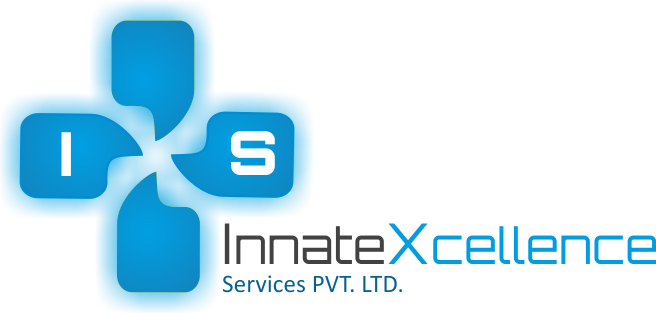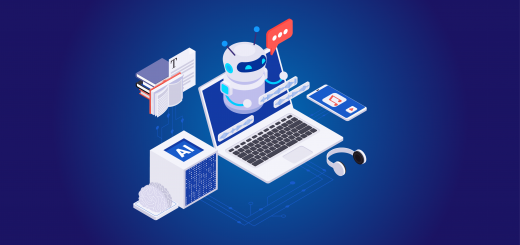Key aspects of Talent Management Software
Talent Management Software is a combined software solution that manages and retains an institution’s talent. It is mainly built for the HR professionals to keep track of the employees for recruitment, professional development, the performance, potential postulants, etc.
However, this technology is mainly used to manage employees as a competitive advantage. It keeps records of every employee from the day they are hired to the day they retire in the company. It’s an excellent technology for quality evolution for the development of the company. The technology ensures that core management processes like employee onboarding, compensation management, and the technical capabilities are accordingly delivered via software modules. It also looks after the smooth operations in the organisation and fills the deficits as they gradually grow.
Evolution of Talent management software
Talent management systems became famous around 2000 after McKinsey & Company released “The War for Talent”. The study popularised a new view of employees as a competitive advantage. Today, cloud technology is a standard choice for HR and talent management software-as-a-service vendors.
During the 1980s and mid-1990s, Talent Management zeroed in transcendently on developing talent. As the economy was going downhill, the businessmen tried different ways and put more emphasis on bringing external talent. This prompted another attention to holding and sustaining existing faculty. HR processes were consolidated, yet without a unified model, each track was siloed.
Today, some talent management software vendors have grown into the human capital management (HCM) market by packaging core HCM functions with their products. This matching empowers organisations that involve HCM as a steady starting point for talent processes. HCM enables integration with talent management applications, likely including a dashboard and workflows from all modules like company and departmental communications, employee profile and personnel files, and employee and manager self-service functions. It may likewise have archive following and automatic updates when hierarchical changes are made.
Now, let’s understand the key components of TMS. The names and number of pillars vary depending on the TMS vendor; the concept remains intact.
Recruitment and Onboarding software
Enlisting and onboarding concentrate on recruiting the best talent and effectively coordinating them into the association. It is one of the crucial aspects as it decides the quality of the work that company will produce in the near future and will leave lasting impression on the clients.
Learning and development software
It includes the sphere of developing and training the employees. It focuses on employee’s efficiency and productivity and works on building the confidence of fellow employees by providing relevant opportunities.
Performance management software
Performance management is the process of monitoring, appraising, and managing employee performance. It helps companies better understand how well they’re doing in various categories. In recent years, continuous performance management tools have become popular because they are more timely and have several other benefits.
Compensation management software
Compensation management software can help organisations acquire and retain talent by rewarding employees fairly and competitively. The software can motivate employees by rewarding success with pay-for-performance compensation management. It makes sure that employees’ effort gets recognition which prevents employee frustration and prevents job losses.
Succession planning software
Succession planning software helps ensure that each area of the company has a pool of employees available for various roles, such as finance, IT, and human resources.
Final Thoughts
TMSs are used by companies around the world and across all industries, digitalisation has a remarkable effect on these industries. It has led to the elimination of manual and offline work which is leading the HR personnel to move towards mechanic efficiencies.
A talent management solution likewise gives functional efficiencies, involving an incorporated model for planning, information sharing, and different communications. It can easily plan, measure, and communicate talent results and overall value to the business. Powerful analytics and reporting capabilities help in the formation of strategic planning to ensure that the business achieves its long-term goals.



